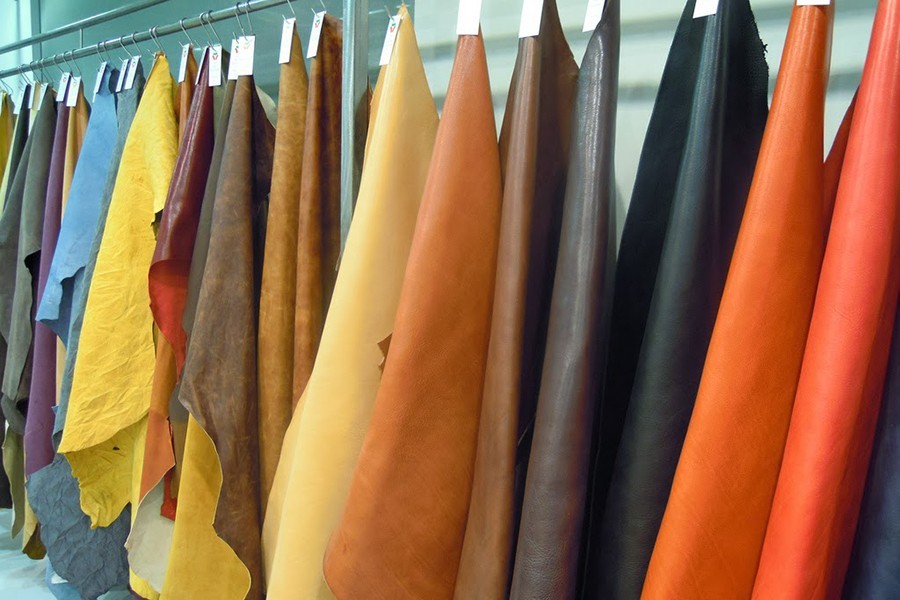Value addition to leather exports: Entrepreneurs want cut in limit to 20pc

Published :
Updated :

Entrepreneurs seek a cut in the limit of local value addition to leather products, as a condition for availing export incentives, to 20 per cent.
Sources say the Leather Goods and Footwear Manufacturers And Exporters Association of Bangladesh (LFMEAB) has requested commerce ministry to take necessary steps for lowering the rate to help enhance the potential export sector's competitiveness on the global market.
The association, in this context, seeks parity with another similar export industry-textiles. On May 09, Bangladesh Bank (BB) lowered the local value-addition rate for the country's textile-sector exporters to 20 per cent from 30 per cent for the current fiscal year, in view of the current crunch time.

Presently, leather goods exporters enjoy 15-percent cash incentives against their export shipments. Besides, Savar Tannery Industrial Estate and those outside of Savar, having effluent-treatment plant (ETP), get 10-percent export subsidy on exports of finished and crust leather, according to the BB.
Members of the LFMEAB now make and export various leather goods like footwear, bags and others suiting the demand of customers. And they export their products to both traditional and newer destinations, reads the association letter, signed by its president Syed Nasim Manzur.
Because of the newer variety and compliance with the standards set by reputed foreign brands and buyers, Bangladesh's export earnings are increasing from exports of the diversified products, it adds.
During the past 10 months of the current fiscal year (FY), the leather and leather goods and footwear sector achieved 33-percent export growth, surpassing the government-set target.
The export volume of leather and leather goods, and products like footwear and bags made from blend of synthetics and fabrics (non-leather) crossed one-billion milestone into US$1.29 billion in the July-April period of the FY 2021-22. the letter-cited data show.
A hard fact of the matter is "most of the accessories of the footwear sector have to be imported from abroad as sufficient accessories factories were not established in the country", the letter mentions.
In this case, the famous brands and buyers nominate foreign accessories suppliers to maintain the product quality and compliance. Required raw materials have to be imported in a short span of time due to 'lead time' constraint set by the brands and customers concerned.
"As a result, the existing 30-percent domestic value-addition threshold is not possible to maintain," says the LFMEAB in its letter.
In the circumstance, most of the exporters, especially non-leather goods exporters, are being deprived of cash incentives and losing competitiveness capacity, the association says in support of the urge for local-value rate cut.
It mentions that China, India, Vietnam and Indonesia are the strong competitors of Bangladesh on the global market. In this context, the local-value-addition threshold should be relaxed, according to letter.
The amount of exports of leather and leather goods was worth US$941.67 million in the last fiscal year.
Earlier, senior secretary of the commerce ministry Tapan Kanti Ghosh said, "We have tentatively fixed a $10-12-billion export target for the country's leather and leather goods by 2030." And he hoped that the export target would be possible to achieve within the timeframe.
"We have received a letter from the LFMEAB and working on the issue, an official said.
rezamumu@gmail.com


 For all latest news, follow The Financial Express Google News channel.
For all latest news, follow The Financial Express Google News channel.